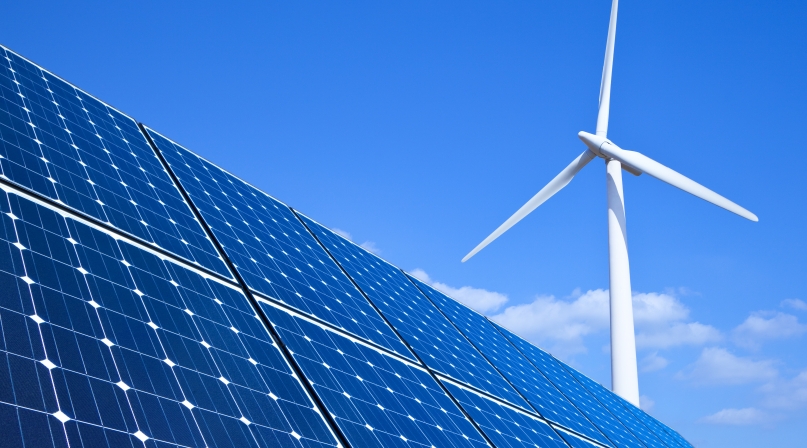Senate passes comprehensive energy bill
Upcoming Events
Related News

Inclusion of the LWCF will set up a major battle with Western House members who oppose federal land acquisition
After a several-month delay, the U.S. Senate passed the Energy Policy Modernization Act (S. 2012) April 20 by an 85–12 vote. The measure focuses heavily on renewable energy deployment, energy efficiency improvements, building code upgrades and electrical grid security.
The bill’s passage came after months of unsuccessful attempts by Democrats to address the water crisis in Flint, Mich. However, Democrats dropped their objection to the measure after Senate leaders promised them another legislative vehicle to address Flint’s needs.
Some key provisions:
- Promotes updated building codes — According to the Department of Energy (DOE), residential and commercial buildings use more than 40 percent of the nation’s energy. S. 2012 would require the DOE secretary to encourage states, local governments and tribes to meet or exceed model building codes.
- Promotes residential energy efficiency upgrades — S. 2012 would require the Department of Housing and Urban Development to issue updated underwriting and appraisal guidelines. This will allow homeowners to finance energy efficiency upgrades as part of their traditional mortgage.
- Continues weatherization and state energy programs — Weatherization and state energy programs provide money to the state, which then assists state local governments in energy efficiency planning processes and programs. S. 2012 reauthorizes both programs.
- Extends brownfields cleanup — S. 2012 reauthorizes the U.S. Environmental Protection Agency’s brownfields program through 2018. The brownfields program helps local communities redevelop and repurpose contaminated sites nationwide.
- Promotes renewable energies — S. 2012 contains provisions to both bolster renewable energy research and development for wind, solar, geothermal, biomass, geothermal and marine hydrokinetic energies and includes portions of the NACo-supported Public Lands Renewable Energy Development Act (PLREDA).
- Boosts energy workforce programs — S. 2012 contains various provisions aimed at increasing training and career development within the energy industry, and
- Permanently Reauthorizes Land and Water Conservation Fund (LWCF) — S. 2012 includes language to permanently reauthorize the LWCF. Funded by a portion of offshore drilling royalties, the LWCF is used to fund conservation, recreation, access and land acquisition projects at the federal, state and local level.
Based on preliminary discussions between Senate Energy and Natural Resources Chairwoman Lisa Murkowski (R-Alaska) and House Energy and Commerce Committee Chairman Fred Upton (R-Mich.), S. 2012 will likely be conferenced with the House’s North American Energy Security and Infrastructure Act of 2015 (H.R. 8) passed last December. Conference commiottee members are likely to face an uphill struggle in their efforts to reconcile the two bills since both contain significant differences.
Inclusion of the LWCF in the Senate bill, and other provisions for land conservation, will set up a major battle with Western House members who oppose federal land acquisition. Meanwhile, the House bill includes provisions to streamline the permitting process for natural gas pipelines and allows pipeline siting on federal lands.
Last November, the White House issued a veto threat against H.R. 8 because it would “undermine already successful initiatives designed to modernize the Nation’s energy infrastructure.”
Attachments
Related News

Counties directly eligible for $5.2 billion in competitive transportation grants
Counties are directly eligible for $5.2 billion in competitive transportation grants.

